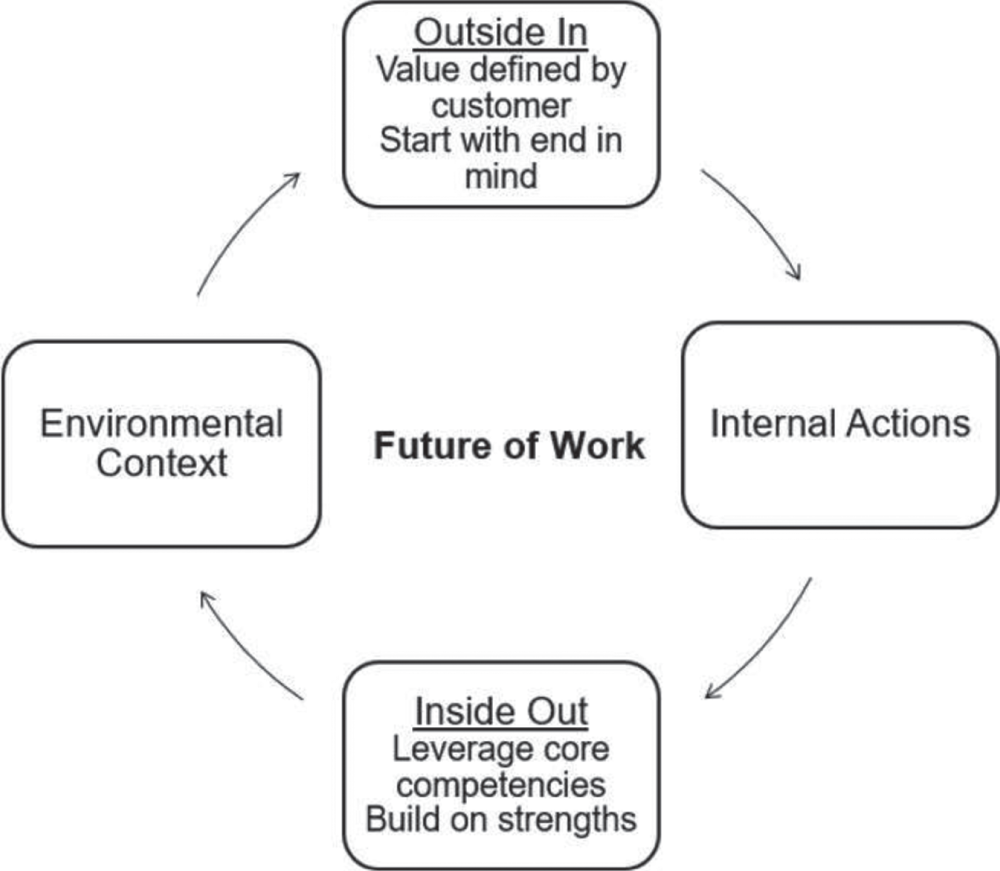Foreword
Decades ago, in my first Organizational Behavior course, my then-teacher and now mentor advocated, “Organizations don't think, people do.” This mantra became an obsessive quest for me to figure out how people come together to create organizations that so dramatically influence all parts of our lives (how we work, play, eat, dress, and worship). Years later, after lots of observations, research, and writing, I tweaked his mantra, “Organizations don't think, people do; but organizations shape how people think, act, and feel.” Why does this maxim matter? Because, as Steve articulately points out in this impactful book, recent societal trends of digitalization and demographics are changing the ways employees respond to organizations and how organizations influence employees. With unprecedented physical, social, economic, political, and emotional uncertainties, it behooves business and HR leaders to respond to these changes in positive ways.
Steve's ideas help turn potential threats of uncertainty into opportunities for progress. He masterfully offers insights based on solid evidence and relevant experience coupled with diagnostic questions and useful tools. What I most like is that his blueprint for reimagining work navigates paradoxes that organizations must balance as they seek to support the goals of diverse stakeholders. He does not fall prey to the simplistic trap of moving from A to B, but he recognizes the evolution of ideas that suggests A and/also B. Managing the paradox of both A and B requires more complex analysis that leads to more informed decisions. Some of these paradoxes include these actions:
- Balancing past, present, and future. We do not leave the past behind but live with it today as we create a better tomorrow. Steve consistently puts “new” ideas into their historical context and shows the evolution of thinking that cumulatively creates a new future. This applies to psychological trends about why people work, gender equity, worker's rights, employee primacy, and digital evolution. Rather than denigrating the past, he consistently brings it forward into our present, then anticipates what is next.
- Balancing the individual and the organization. A major insight I take from this book is the clever melding of how individuals (called workforces, employees, talent, people, competence) come together into organizations (called workplaces, teams, cultures, systems, capabilities) to enhance both. Because of people, organizations operate more effectively. Because of organizations, people have higher well-being. The seven workforce challenges Steve addresses in the book have implications for both how organizations operate, such as “how to get the right people into the right roles?” and how individuals function within organizations, such as “how do I move into a role that works best for me?” He talks about agility both as an organizational capability and as an individual competence. His recognition of both “human” and “organization” elements of the future of work adeptly characterizes the inevitable trade-offs that leaders must manage to build effective companies.
- Balancing information as data and as guidance. With technology advances, all manner of information is ubiquitous at the touch of our fingers through internet search engines, webinars, consulting reports, and social media. It is obviously better to make decisions based on data than merely intuition. But information can also come in the form of more qualitative guidance based on experience. Guidance moves beyond data benchmarking (How do I compare to others?), best practices (Who is a good example?), and predictive analytics (Why are they effective?) to personal insight (How can I be more effective?). Steve's recommendations balance use of both structured information (data) and unstructured information (observation) to offer guidance that makes the knowledge he shares not simply informative, but productive.
- Balancing inside/out and outside/in. Steve consistently connects what happens inside an organization (e.g., employee attitudes) to what happens outside the organization (e.g., customer attitudes). As I have studied, this virtual cycle of external context connecting to internal actions creates a virtual spiral to make progress in both organizations and society (see Figure F.1). The future of work is not just taking care of people but taking care of people so that customers feel taken care of and customers feel taken care of because of the people who care for them. Companies must attend to and improve the experience of all groups to be successful.

FIGURE F.1 Connecting environmental context and internal action.
You will discover your own insights from this wonderful book. Reflecting on the paradoxes and topics it addresses, my evolving mantra might be, “Organizations don't think, people do; but organizations shape how people think, act, and feel and by doing so improve personal, organizational, and societal outcomes that matter to all of us.” Thanks for a wonderful book that makes a difference both for the future of work and for the future of society.
Dave Ulrich
Rensis Likert Professor, Ross School of Business, University of Michigan
Partner, The RBL Group
